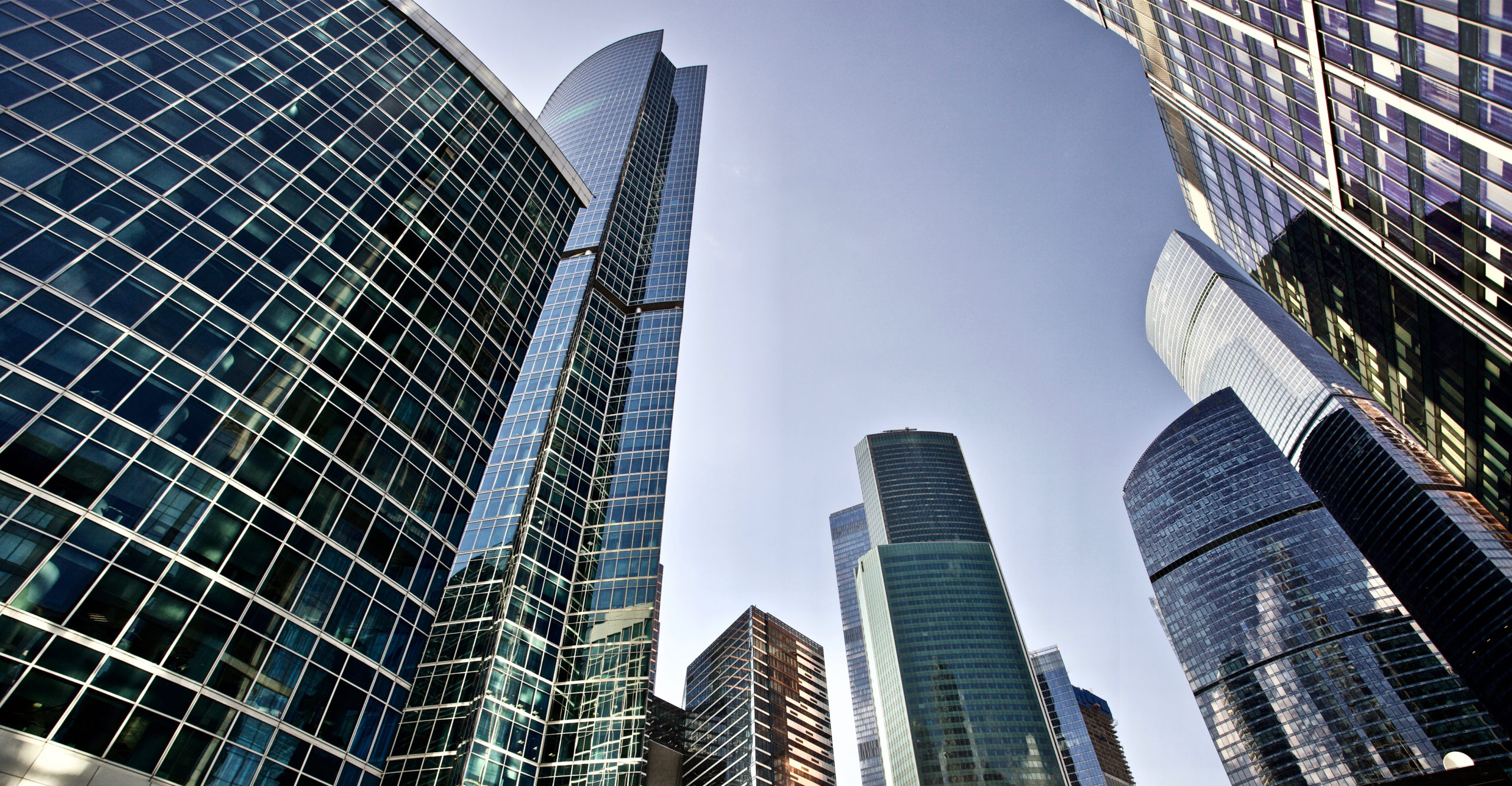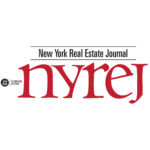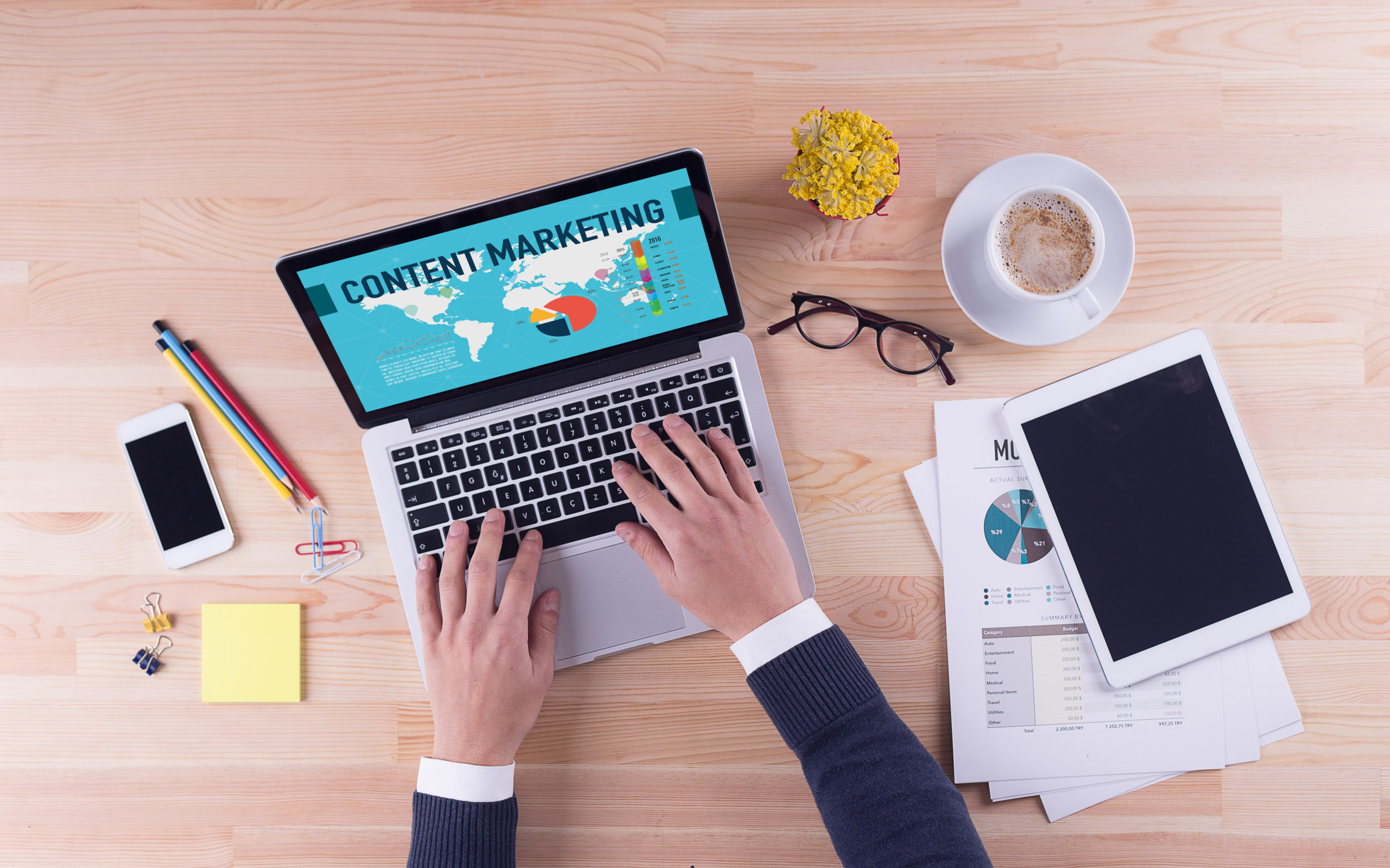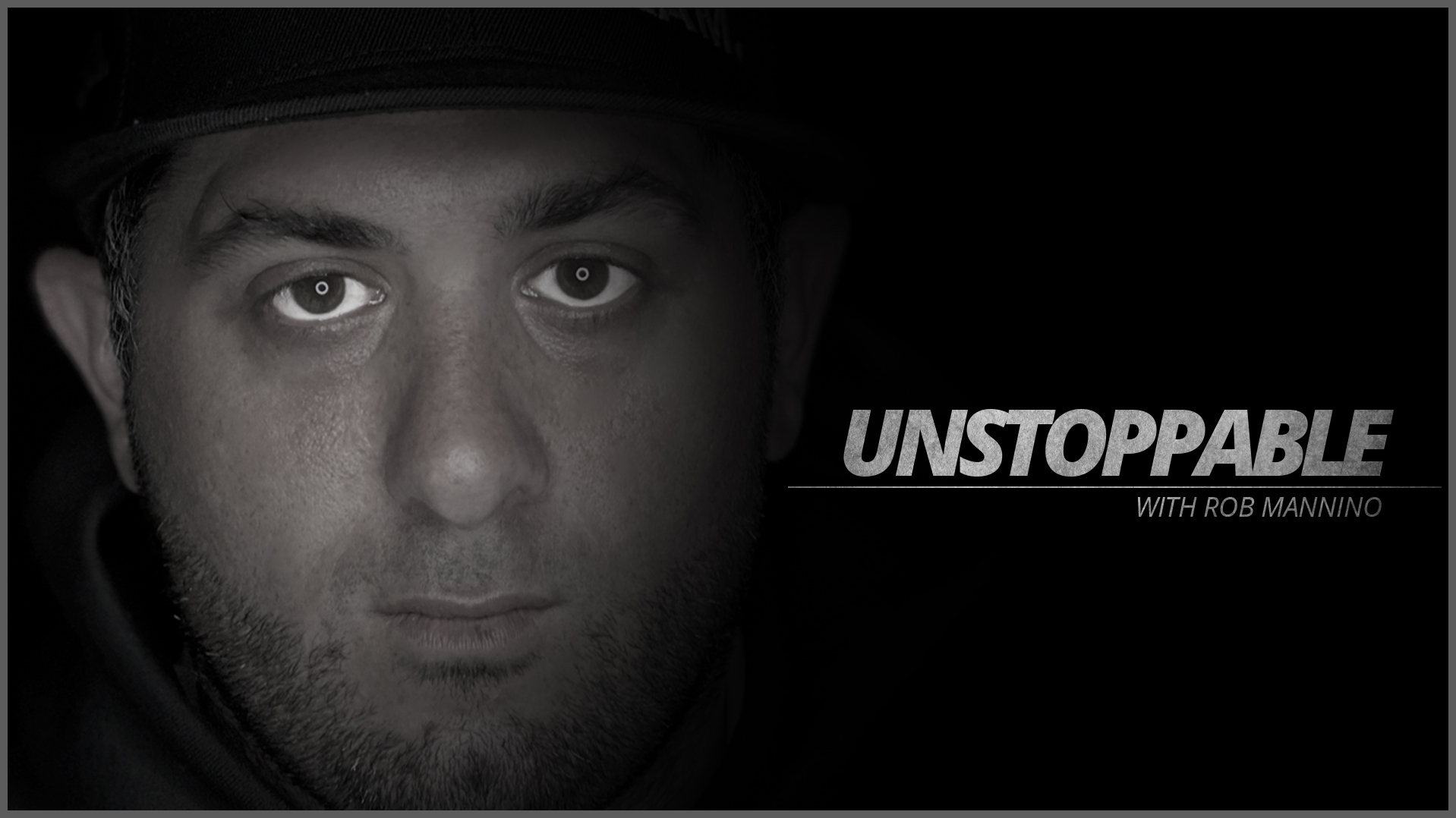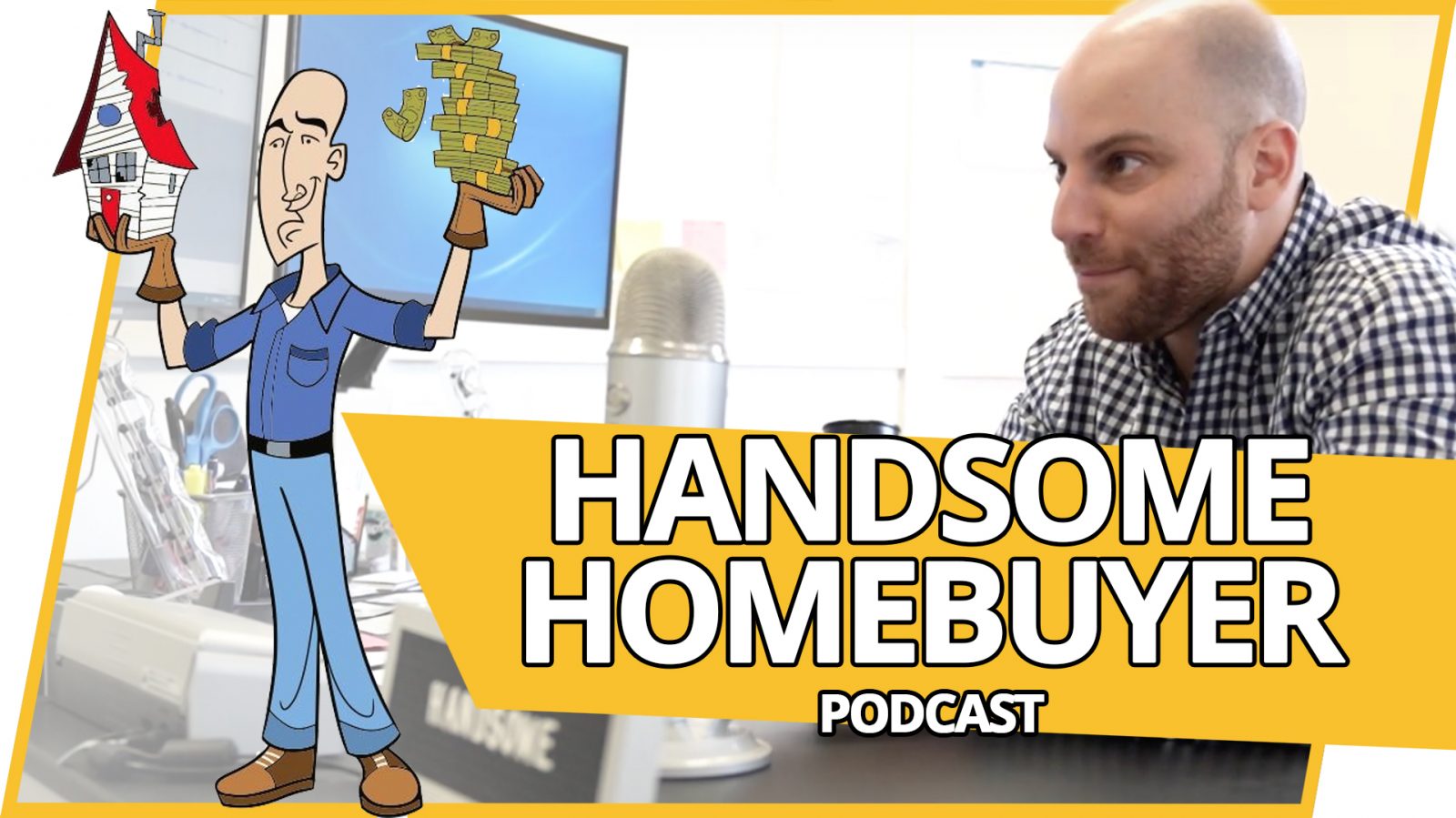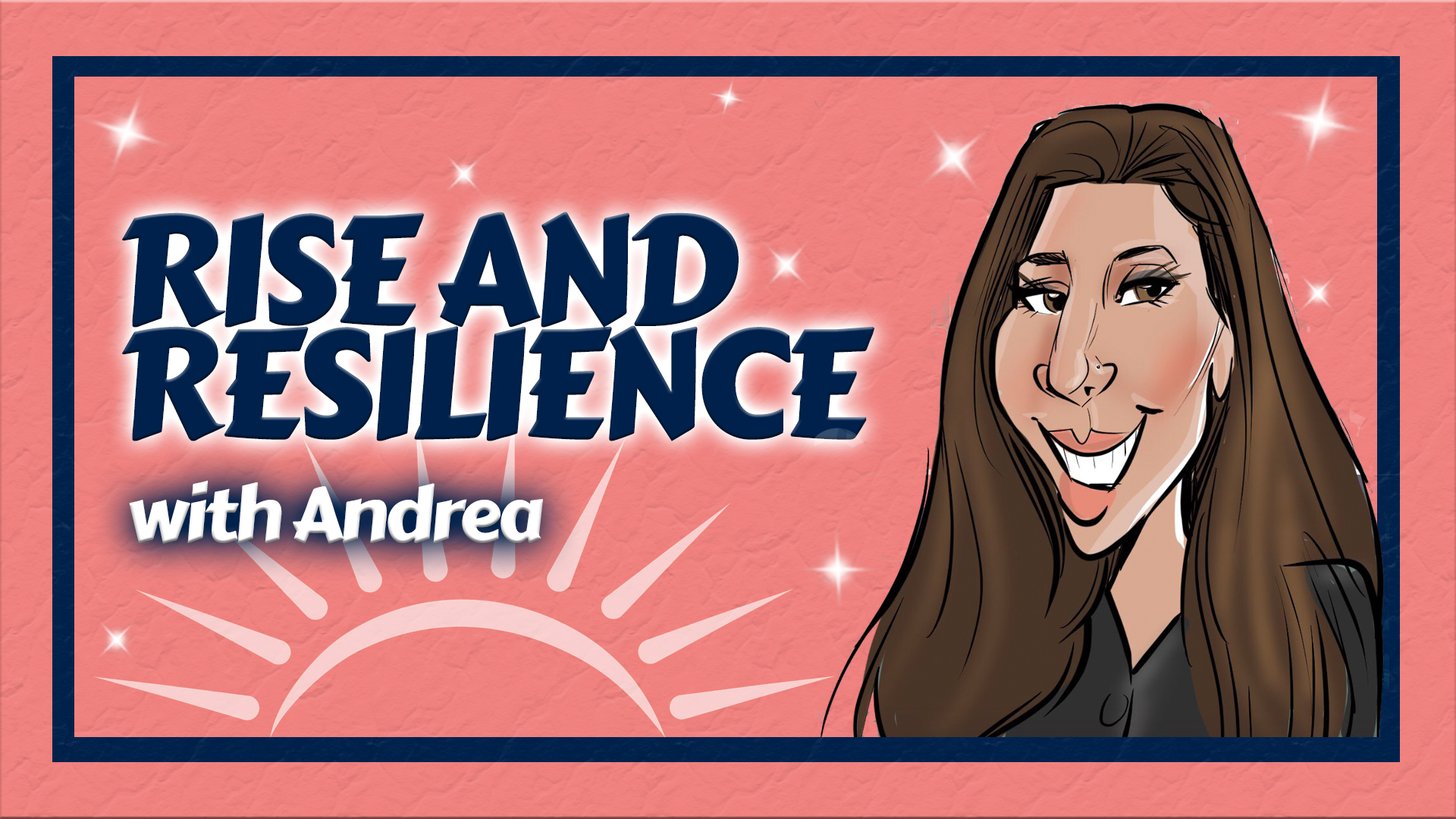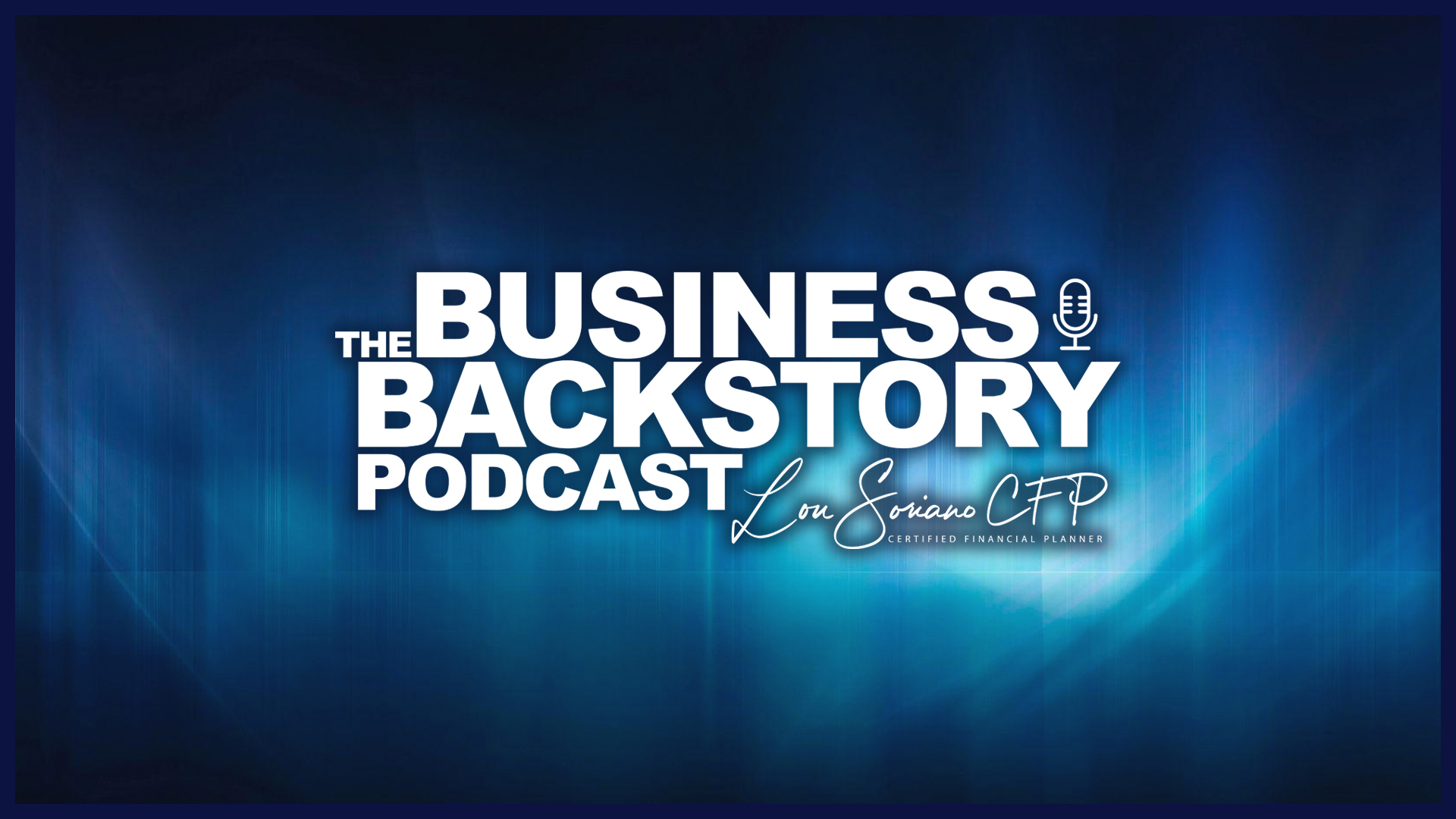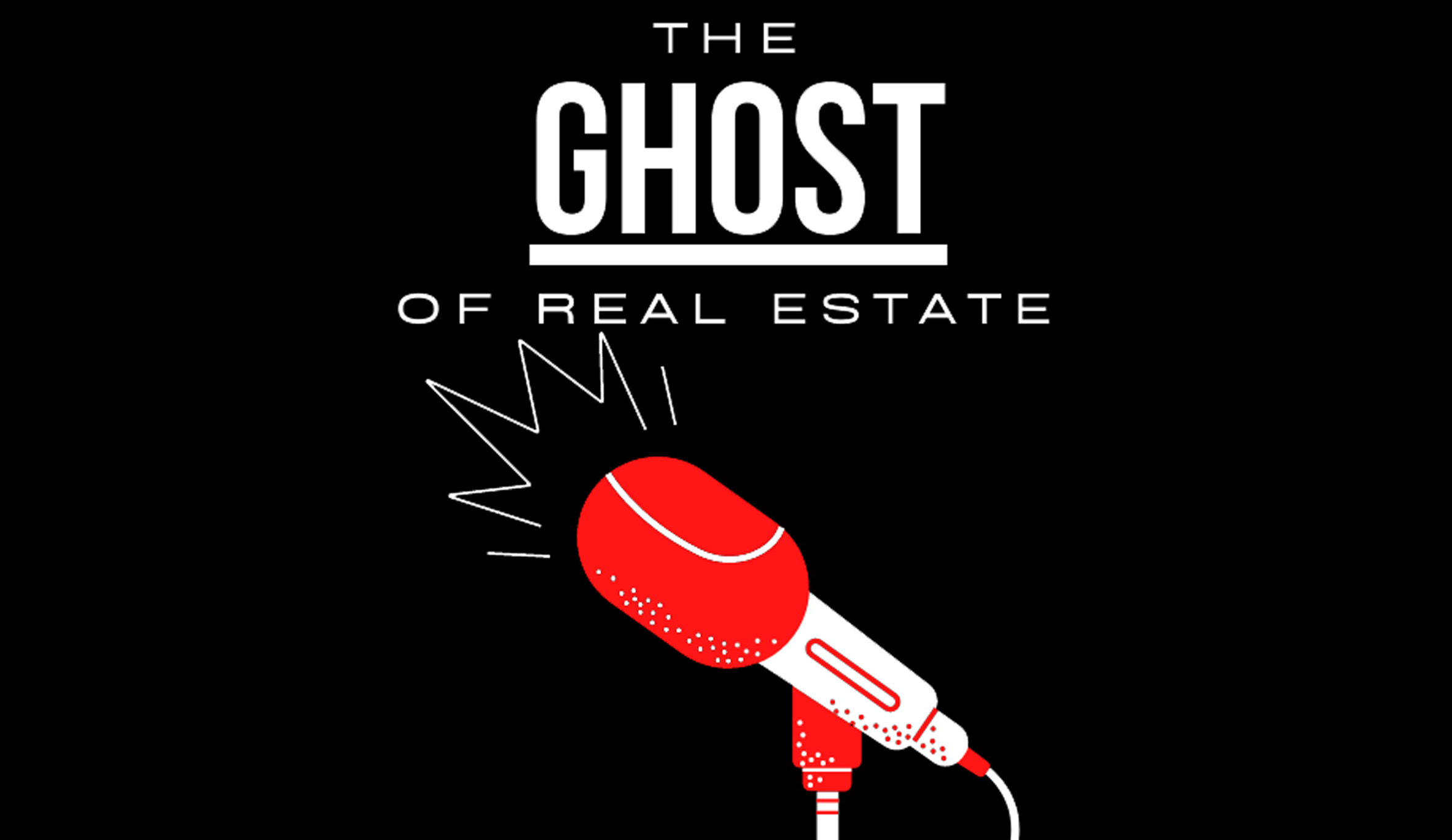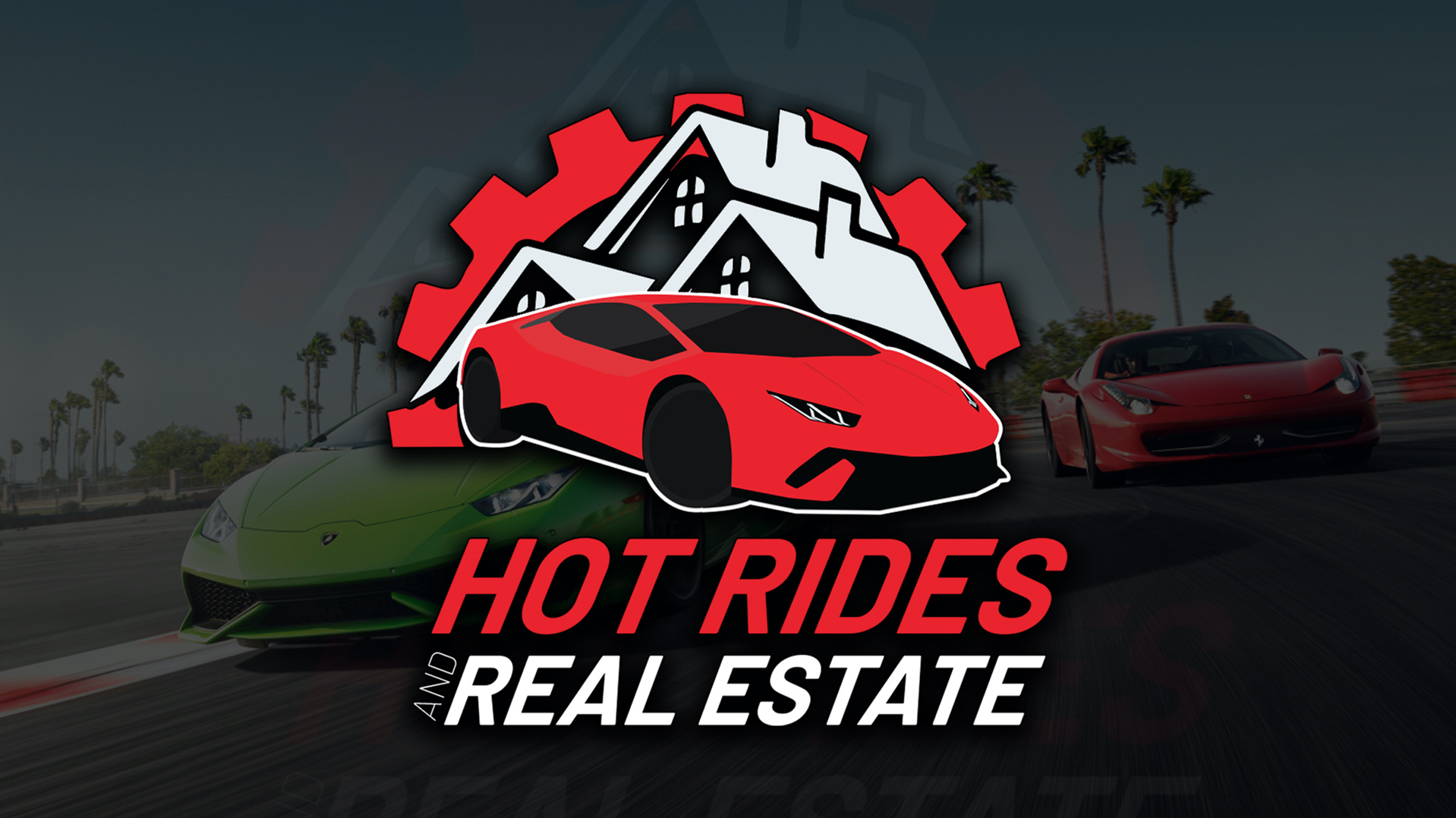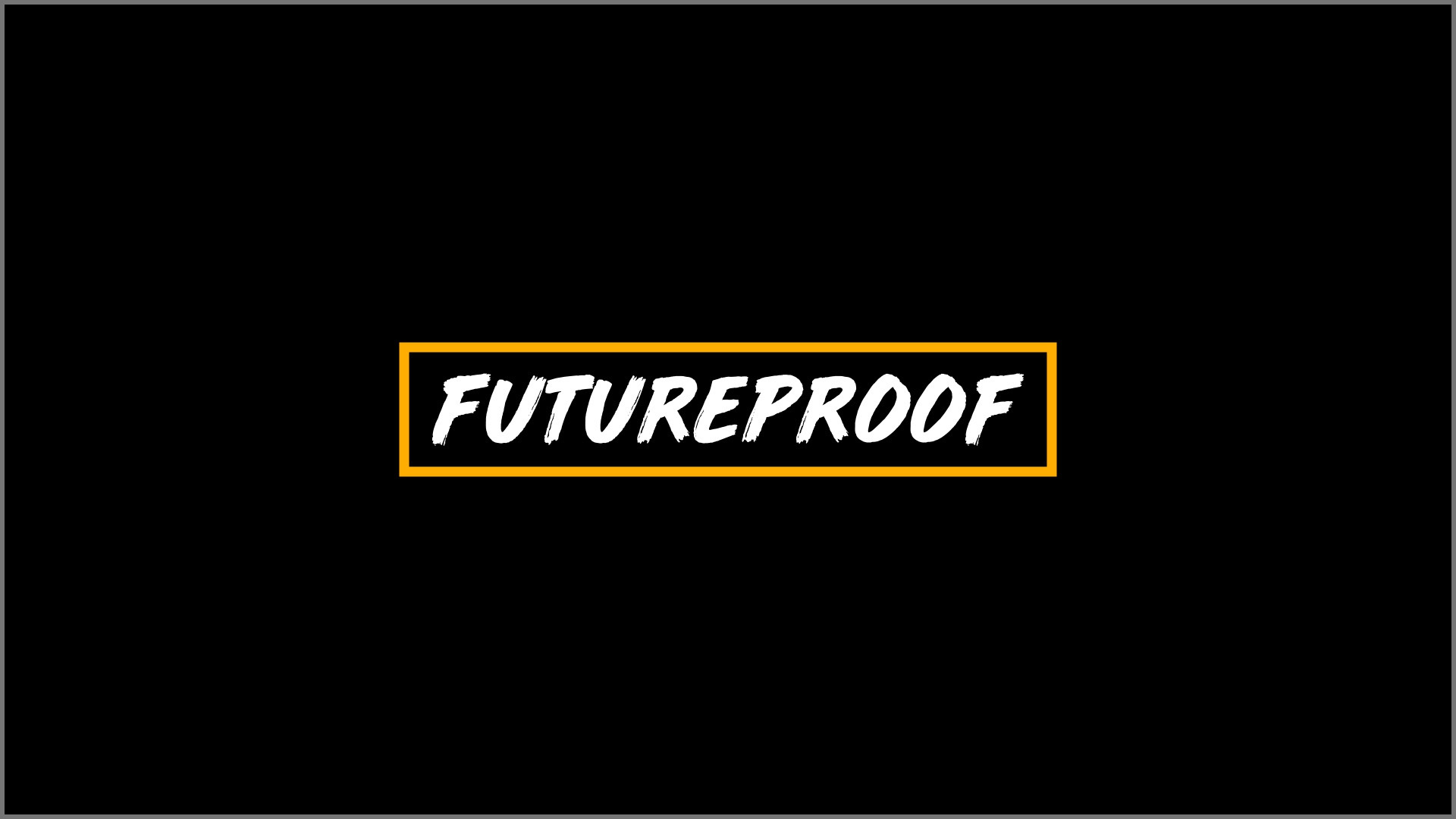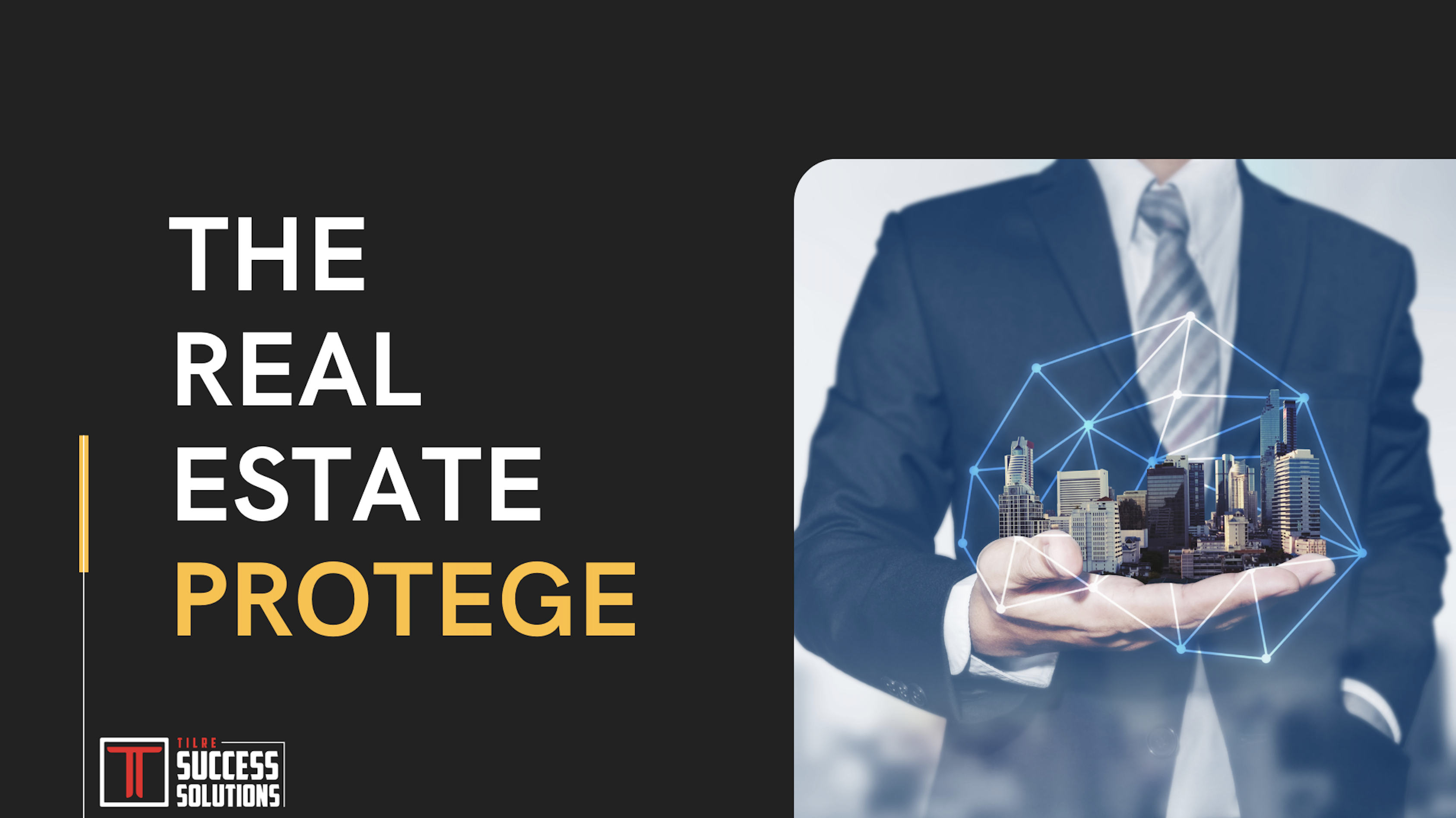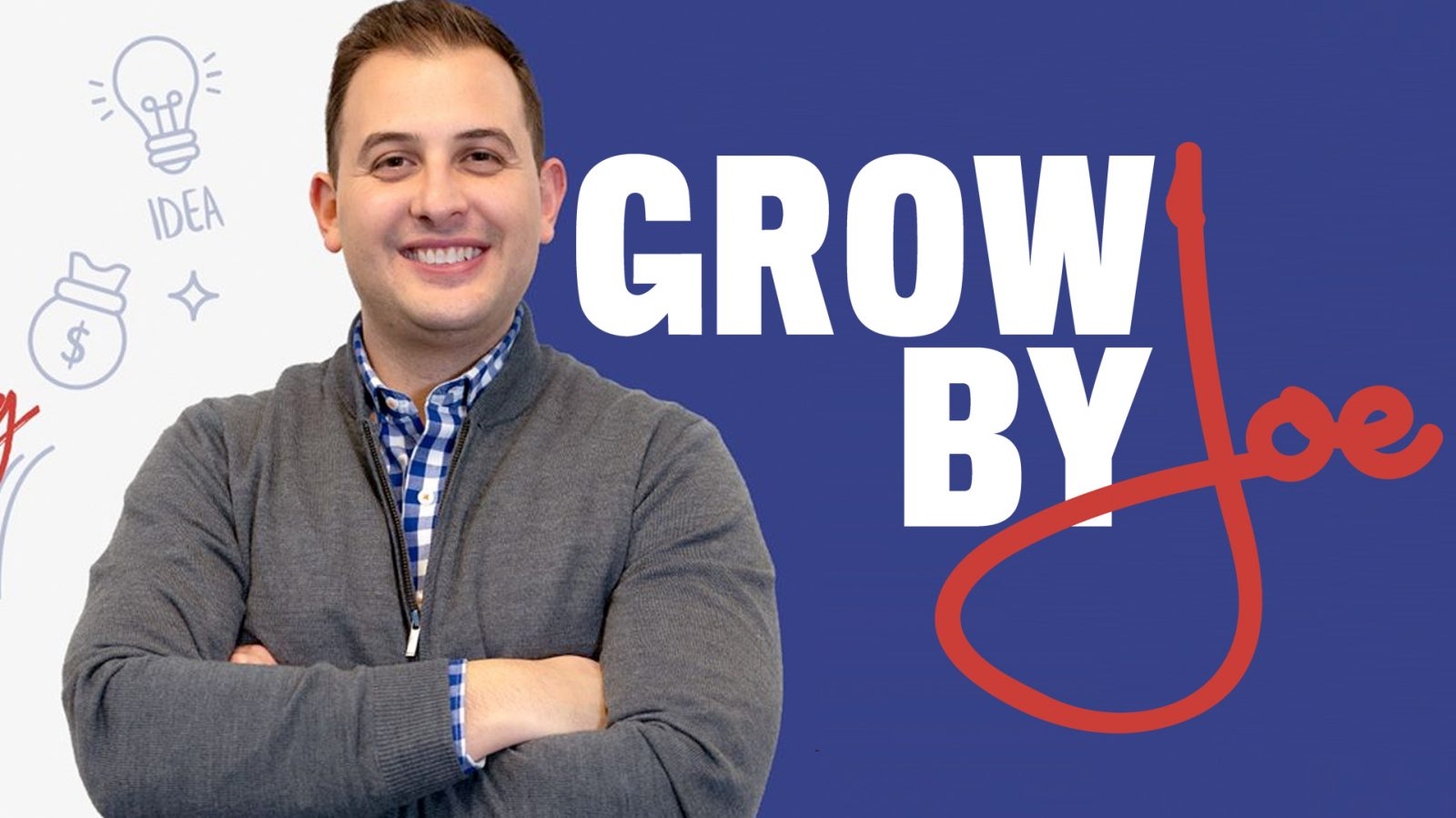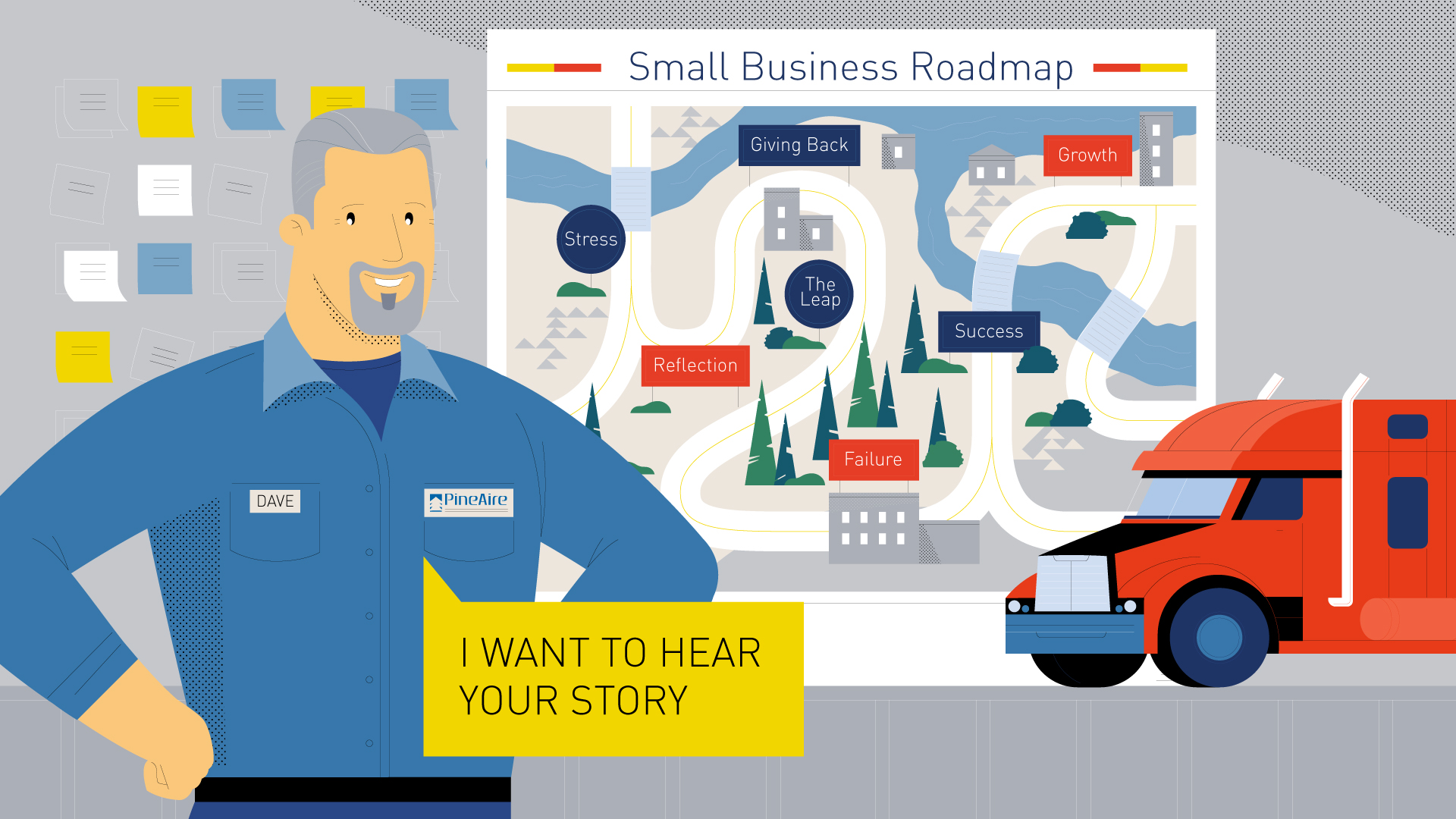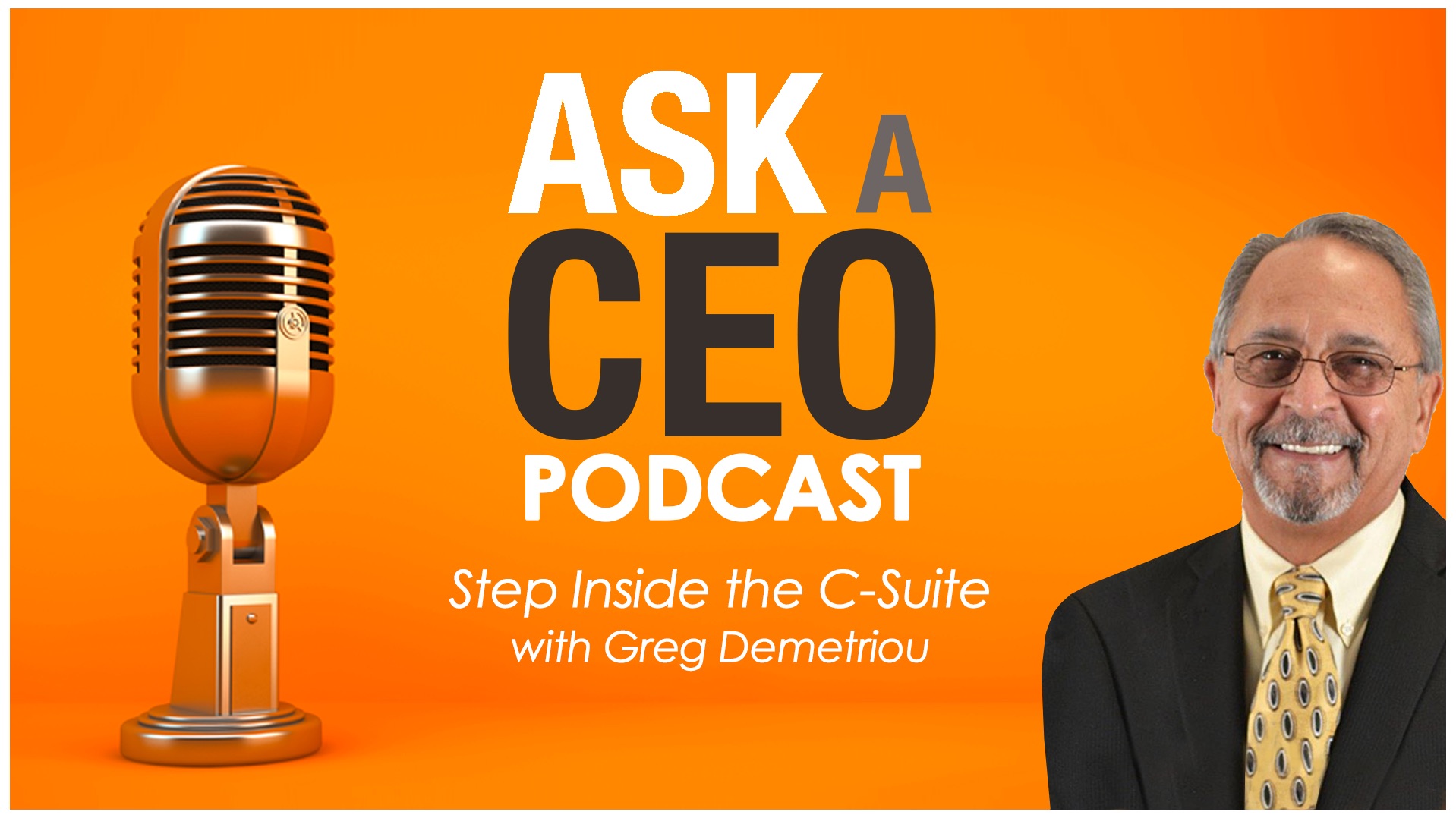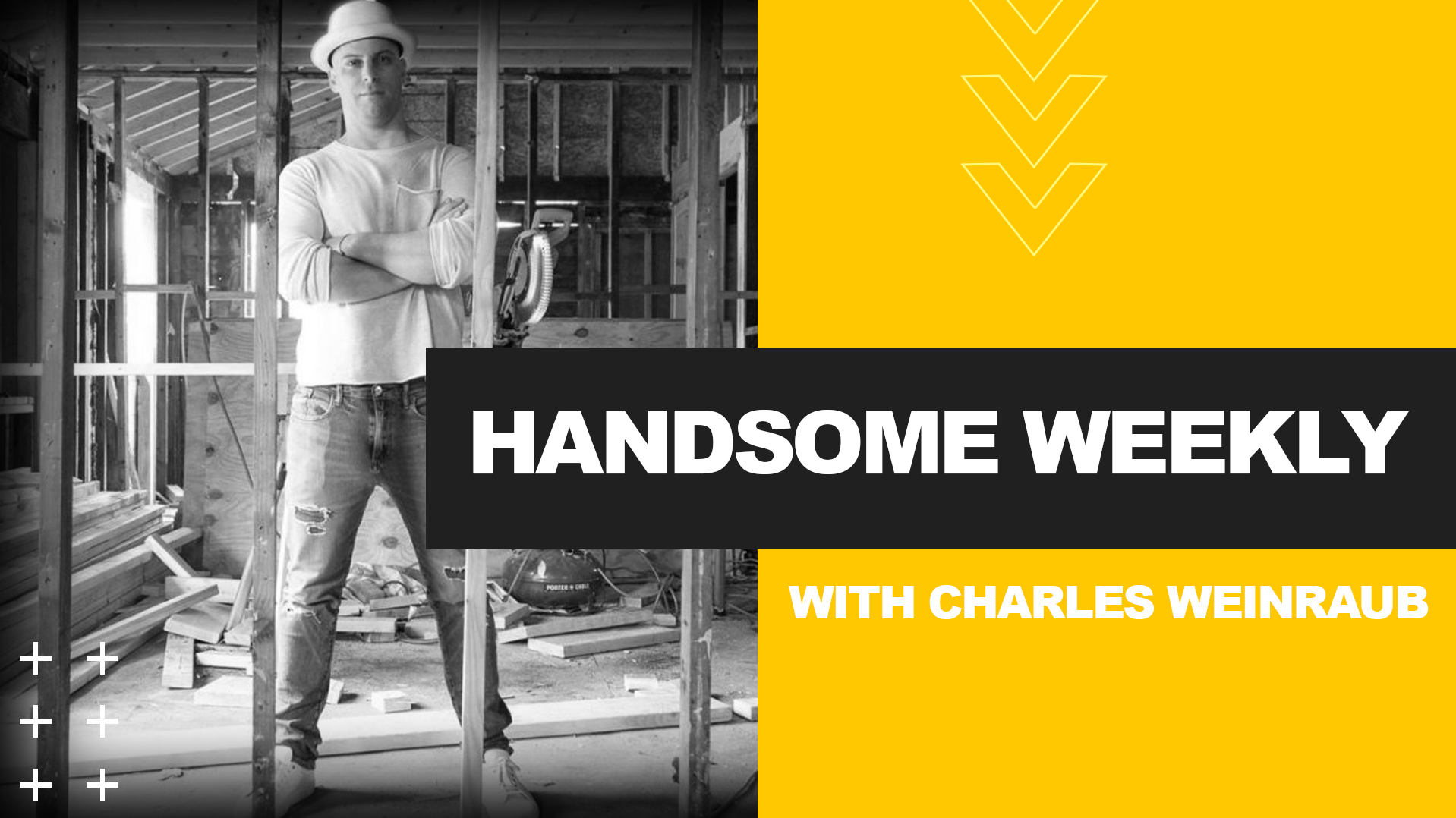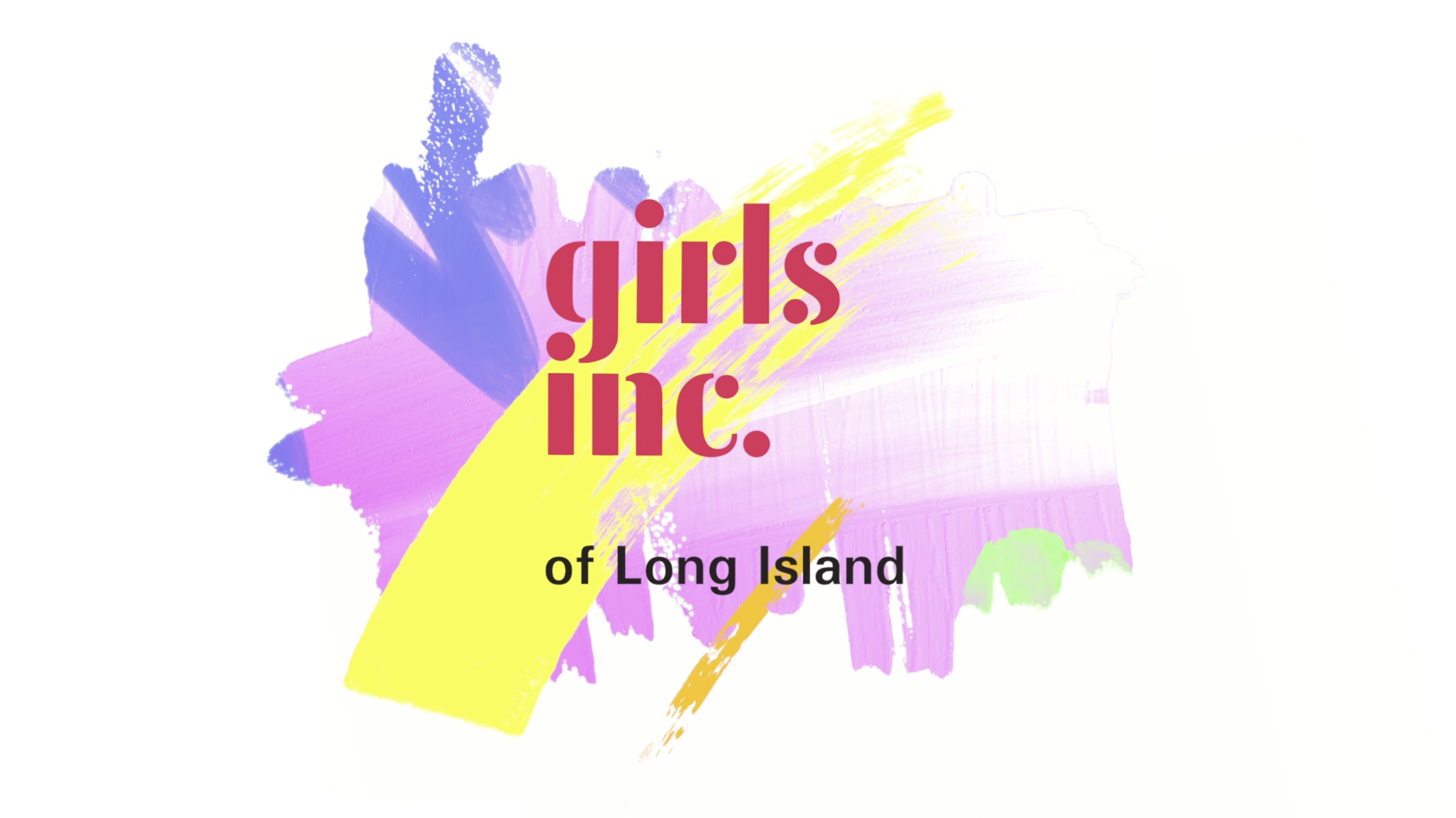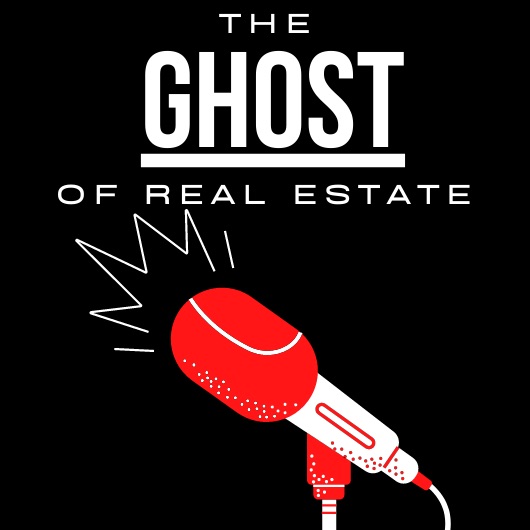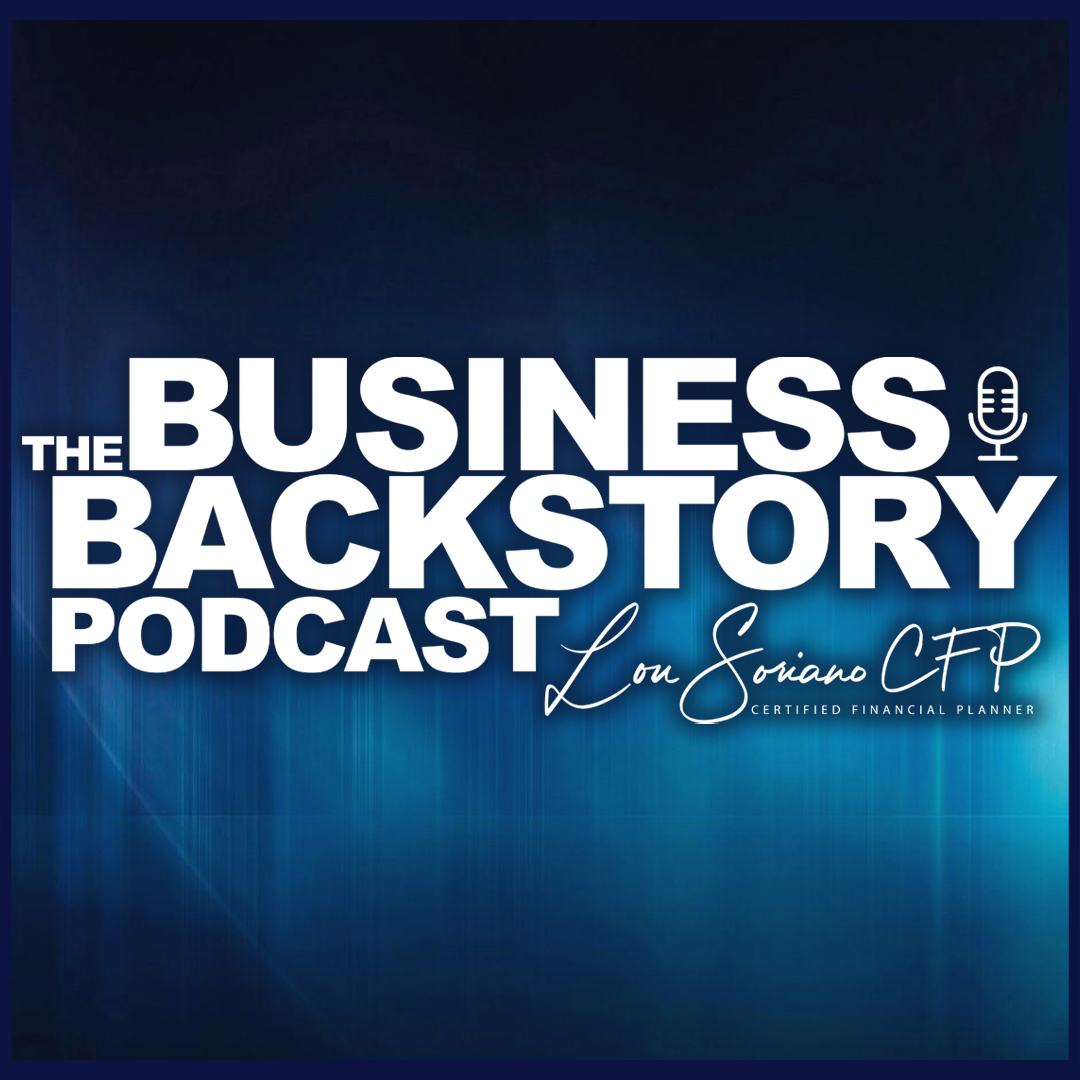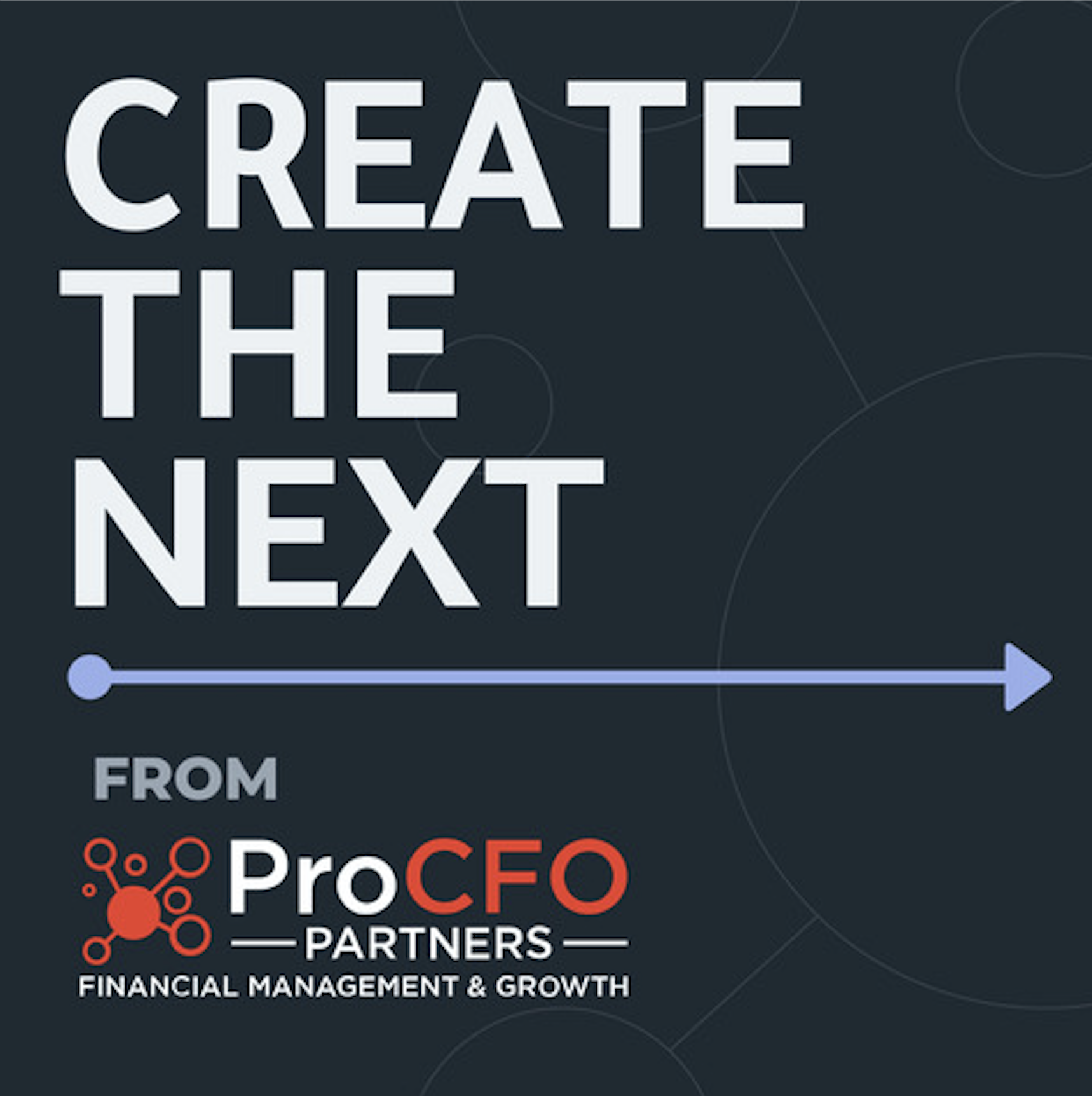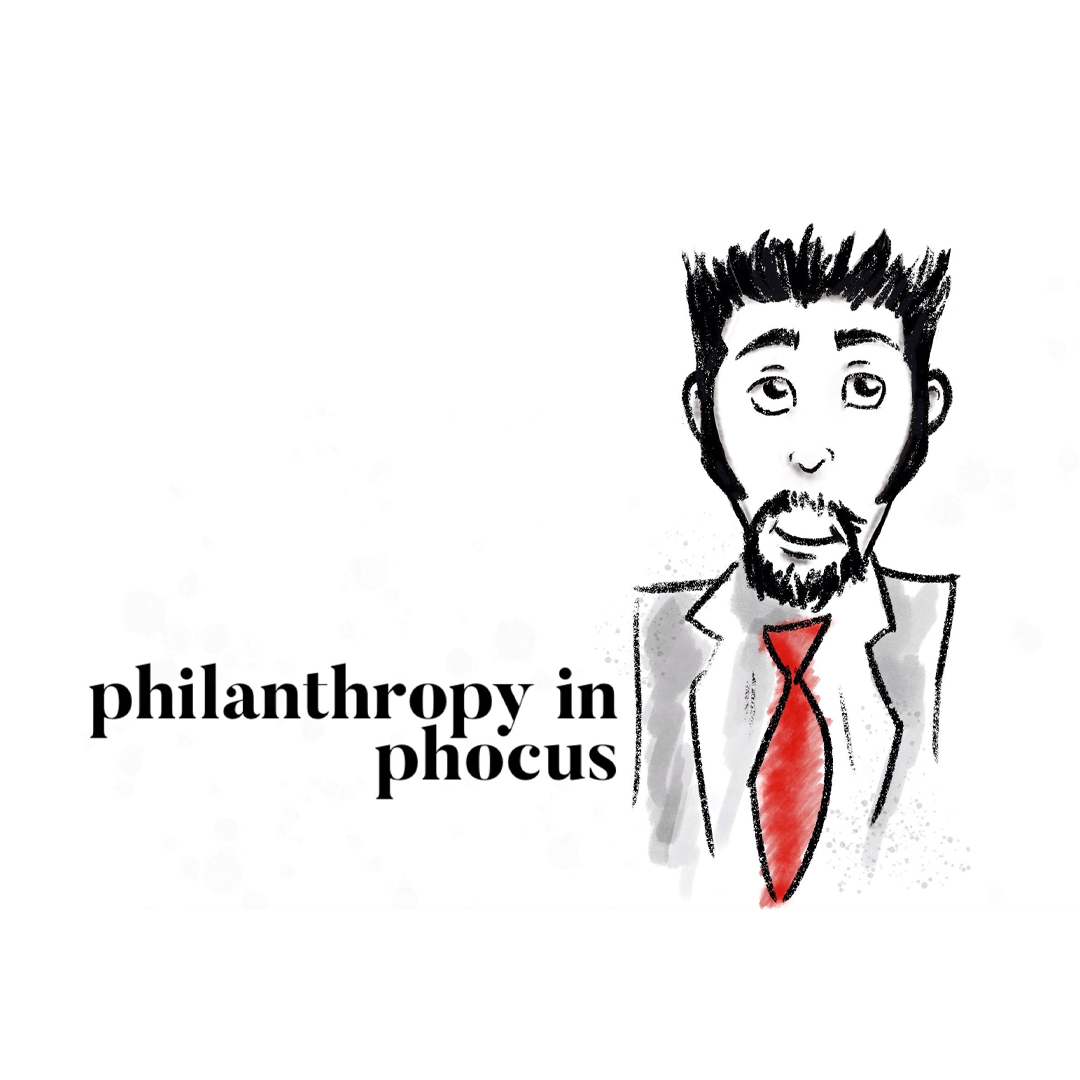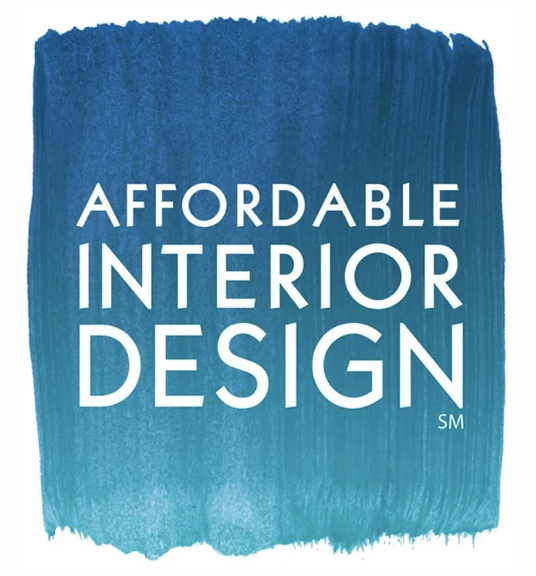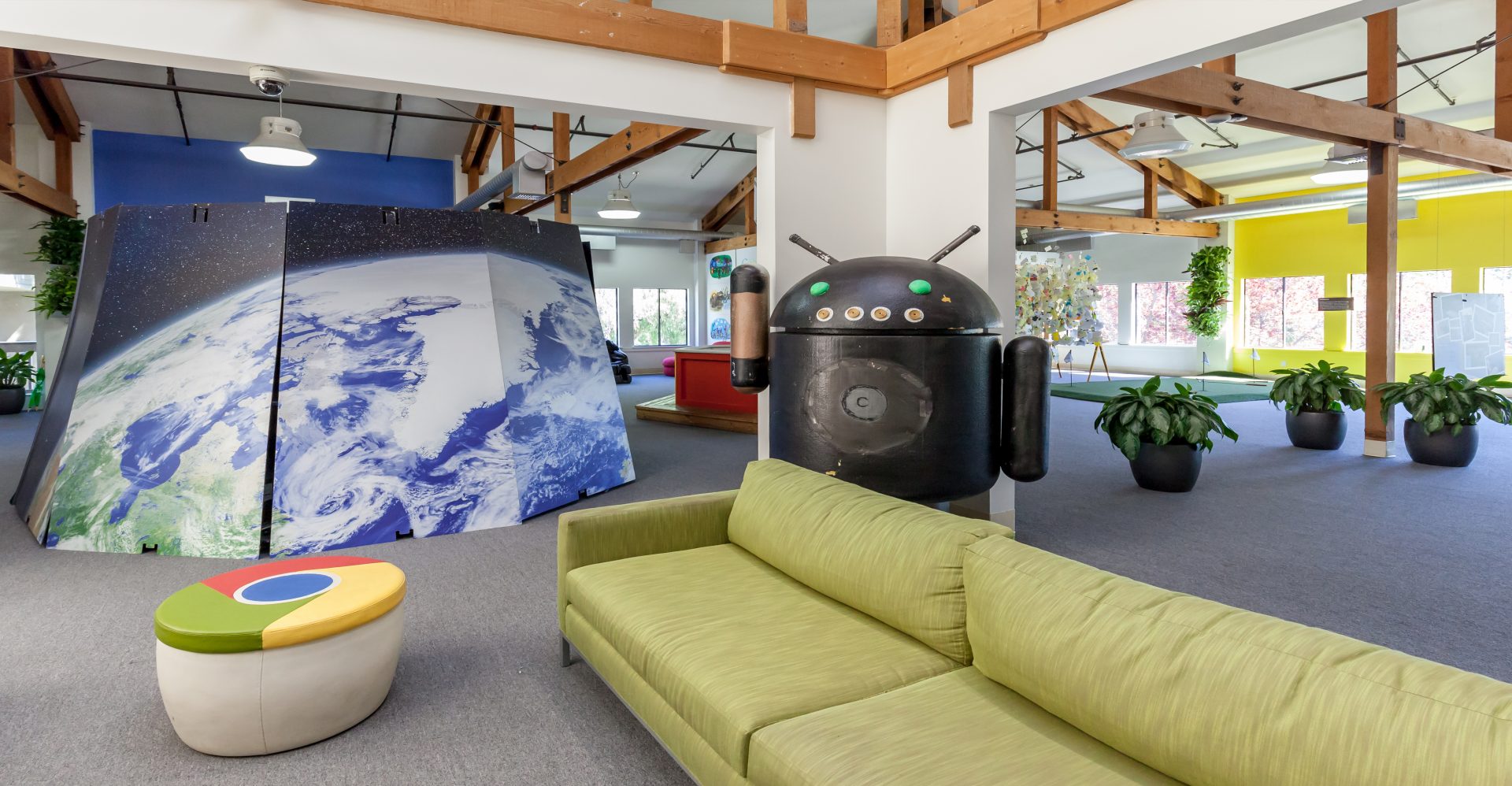
March 2020
4 Min Read
Extending your Brand to your Workspace
Everyone these days seems to be focused, if not obsessed with branding … of themselves, their companies, work product, work environments, etc. One of the best, most effective ways to accomplish all of these in one proverbial shot is to design and construct your “Workspace as a Brand”. What better way to advertise your branding strategy than to make sure that your entire workspace exemplifies it?
Your personal or professional brand extends into your physical office workspace, as well as the equipment you use. Everything around you should be at least considered for adaptation of and into your personal aesthetic in order to become part of your brand environment. The first step in the process is to align your office with that brand. After you sort out a personal brand color and imagery that you respond to, you need to imbue your office environment with them. For example, color is one of the most effective (and one of the least expensive) manners in which to bring your brand into your office. Brainstorm on your brand persona and personality characteristics to get other ideas.
Your brand is and should be closely related to your business philosophy and is a symbol that provides inspiration, trust and confidence among both employees and clients. And your office can achieve the same effect! Besides being simply a functional place of business, your physical workspace can work toward creating a positive culture, a strong brand identity and indicate personal style as well as core values.
Reflecting on your business’s core values or mission statement and translating that into physical forms, colors, textures, etc., is another way to convey your business philosophy and brand through your physical environment. This provides a great opportunity to revisit the inspirations that gave you the impetus to start your business in the first place. Recalling those sense memories will help relay that same message to those that are helping you attain the vision: architects, interior designers and contractors. The parameters and ideas you put forth will inform them as they begin converting and solidifying those into physicality. Parallel and as an adjunct to this, you can inspire loyalty and trust in your brand among employees and clients.
In the commonsense department, you also need to consider the psyches of the people who visit your office. If you wish to exemplify erudition and expertise, displaying periodicals, books or even videos indicating your knowledge base supports that brand. If you’re in the medical professions, a key would be to make your visitors feel quiescent by having calming finishes. Very often, companies believe that painting the walls with company colors and hanging a few graphics of the company logo is all it takes.
Some companies, perhaps those with a strong franchise-based identity can get away with that. Unfortunately, though, for the most part, phoning it in like that does not equate with effective branding. You need to take the time to design your workplace to encourage behavior that’s consistent with your brand and its values.
A good brand speaks in a visual language. That language, as it relates to a given space or environment creates an enveloping sense impression for all who occupy it. A skilled Designer can mine the key characteristics of a given company and mold those characteristics like a sculpture into a space that elicits an emotional response, which – in turn – promulgates productivity, and enhances the overall worker and visitor experience, and, as a result, enhance the brand. While people of my generation often bemoan the characteristics of “millennials”, one thing we probably can all agree on is the desire to work in spaces that make us feel engaged, inspired and connected.
Office layout and footprint is possibly the most centric concern when it comes to making an impact on branding your work environment. This is a powerful indicator of philosophy and culture. Everyone has seen the trend over the past decade or so of having companies move away from the traditional and typical design modalities involving private perimeter offices and rows of identical cubicles in the office core and instead opting for models that emphasize egalitarian attitudes, and facilitate teamwork and communication with open, varied, non-linear – and perhaps most critically – non-private layouts. Kinetic worker mobility (KWM) is a key element in this philosophy of planning; it affords employees the opportunity to choose their own workstation at any given time based on the fluidity of then-current needs and demands, instead of being grounded to a static work environment. This may not work for everyone (there has already been some push back from companies that see this non-private “progressive” egalitarian design philosophy as unworkable – for them at least), but in terms of a planning philosophy, it has become a force to be reckoned with.
The key is to make your office space your own, which shows personality, philosophy, culture, which is indicative of and a driver for … wait for it … brand! In such environments where you’ve taken the time to display your brand, the reality is you’re more likely to have higher workplace satisfaction and an improved morale.











